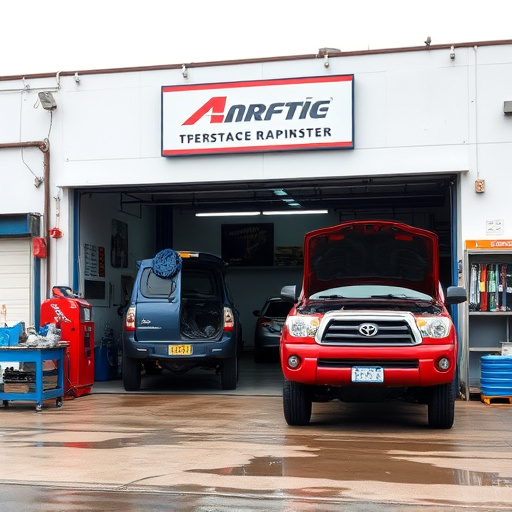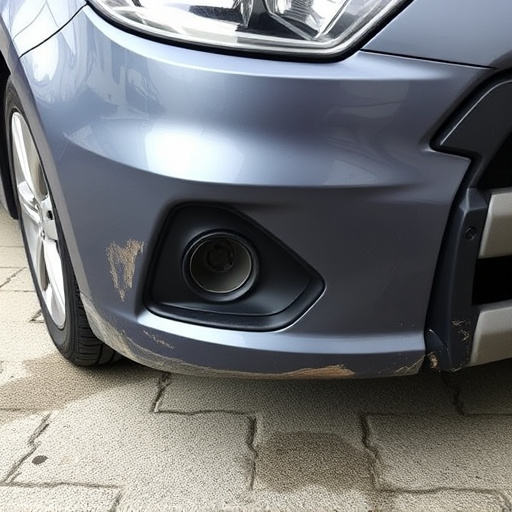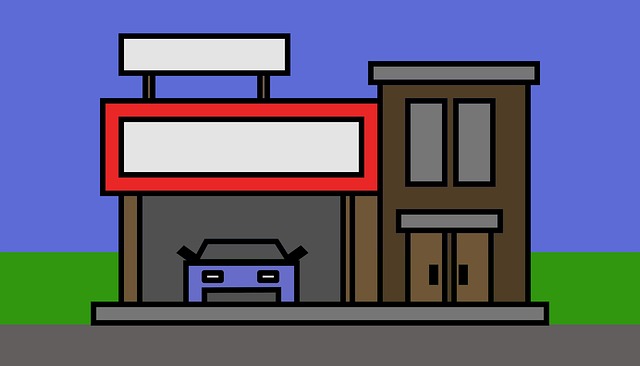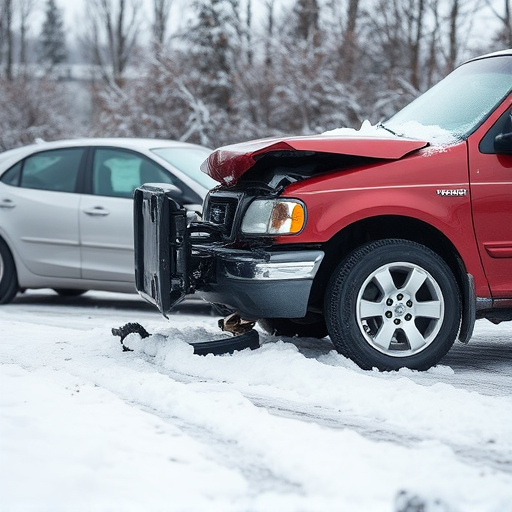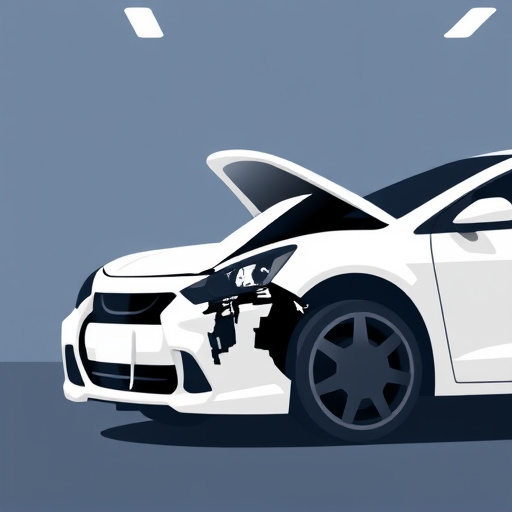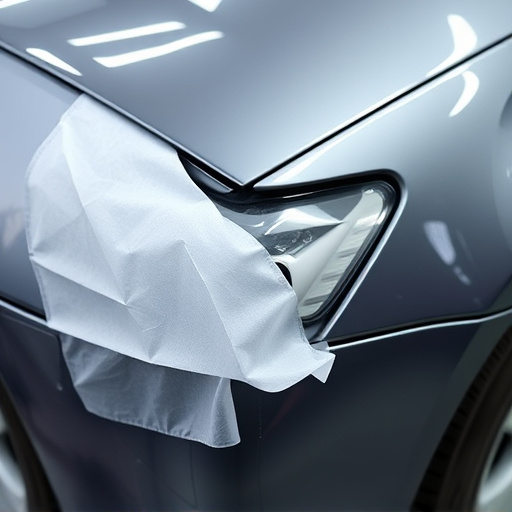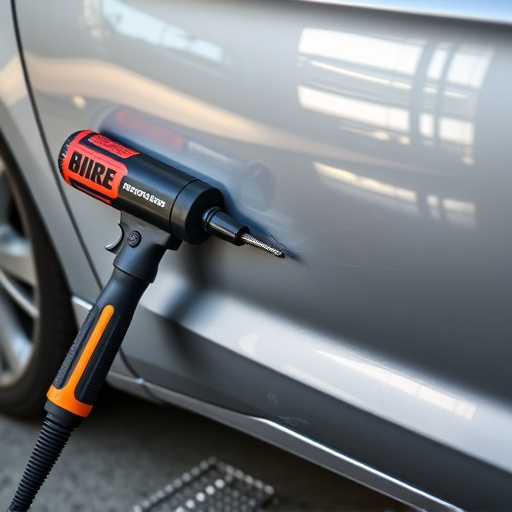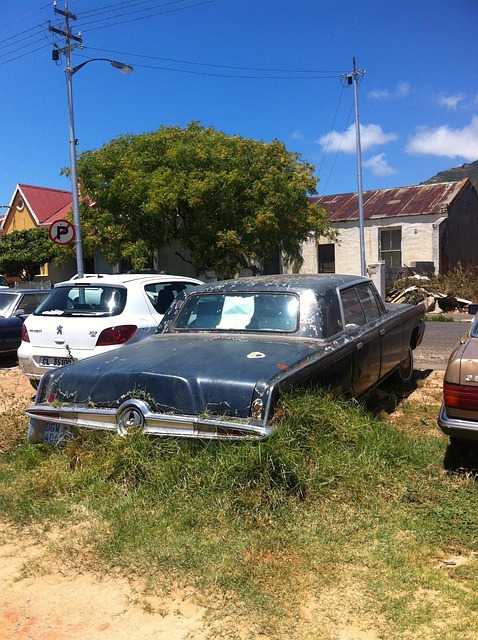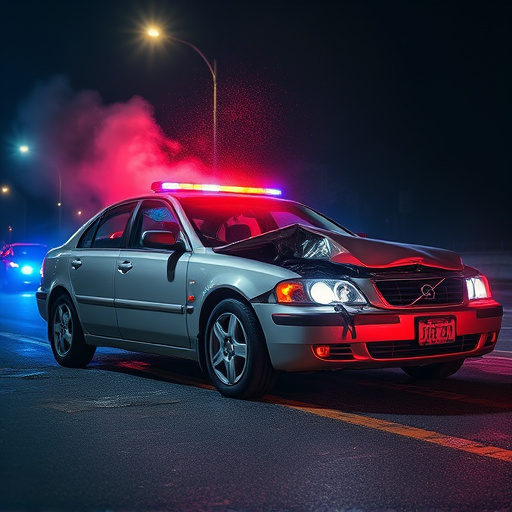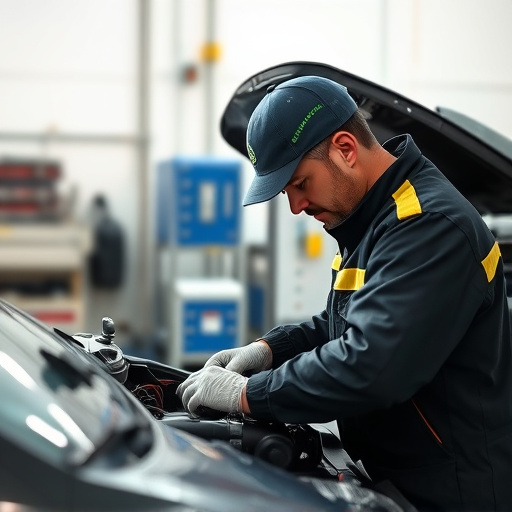Assessing flood damage is vital before cleaning a flooded vehicle, focusing on water intrusion signs like rust or mold growth in cabin, undercarriage, and electrical systems. Preparation involves gathering specialized supplies, removing personal belongings, and ensuring a safe, controlled environment with adequate ventilation at a collision repair center for effective interior cleaning while adhering to strict safety protocols.
In the aftermath of a flood, meticulous interior cleaning is paramount during the restoration process. This comprehensive guide delves into the best practices for rejuvenating flood-damaged vehicles, focusing on effective assessment and preparation. From assessing water intrusion to implementing advanced disinfection methods, we explore crucial steps ensuring a thorough clean. Additionally, we provide insights on post-flood protection techniques to safeguard vehicle interiors, fostering a seamless return to their pre-disaster condition. Discover expert advice tailored to flood damaged vehicle repair.
- Assessing Flood Damage and Preparing for Cleaning
- Effective Interior Disinfection and Deodorization Techniques
- Restoring and Protecting Vehicle Interiors Post-Flood
Assessing Flood Damage and Preparing for Cleaning
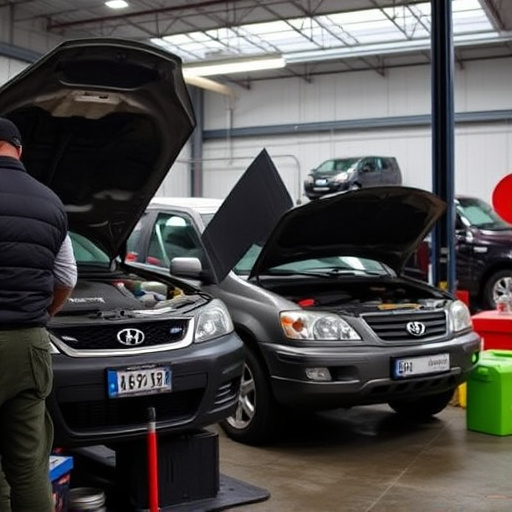
Assessing flood damage is a critical first step in preparing for interior cleaning during flood-damaged vehicle repair. It’s essential to identify affected areas and the extent of water intrusion, as this will guide the cleaning process. Inspect the vehicle’s cabin, undercarriage, and electrical systems for visible signs of water damage, such as rust, mold growth, or malfunctioning components. Remember that even if the vehicle appears dry on the surface, underlying components could still retain moisture.
Once flood damage is assessed, it’s time to prepare for thorough interior cleaning. This involves gathering appropriate cleaning supplies like absorbent materials, non-toxic detergents, and dehumidifiers. Evacuate any personal belongings from the vehicle to prevent them from absorbing water or chemical residues. At a collision repair center or auto maintenance shop handling flood-damaged vehicles, establishing a safe and controlled environment for cleaning is paramount. This includes ensuring adequate ventilation and implementing safety protocols to protect both technicians and the vehicle’s interior.
Effective Interior Disinfection and Deodorization Techniques
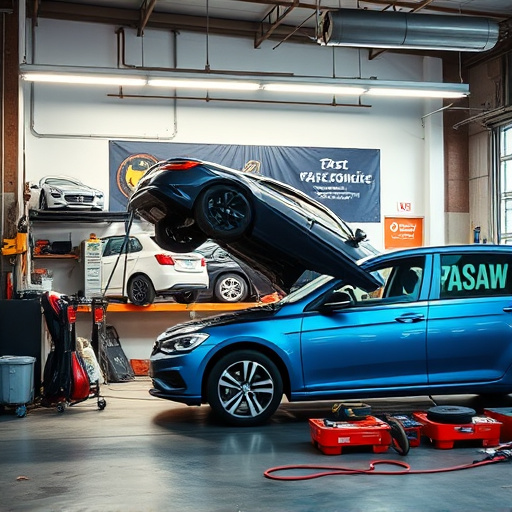
After a flood, interior disinfection and deodorization are essential steps in the flood damaged vehicle repair process. Beyond basic cleaning, specialized products and techniques are required to eliminate lingering moisture, mold spores, and unpleasant odors. High-quality disinfectants and odor neutralizers should be used to thoroughly treat all surfaces, including auto glass repair areas, dashboards, seats, and trunk compartments. This involves using protective gear, following manufacturer instructions, and ensuring thorough drying after application.
Effective methods may include fogging or misting disinfectants onto hard-to-reach spaces and using absorbent materials like silica gel packets to draw out residual moisture from fender bender damage sites. It’s crucial to pay special attention to areas prone to water accumulation during auto glass repair, as these can become breeding grounds for bacteria and mold if not addressed properly. Incorporating these practices ensures a hygienic and pleasant interior space following flood damage, enhancing the overall quality of automotive repair services.
Restoring and Protecting Vehicle Interiors Post-Flood
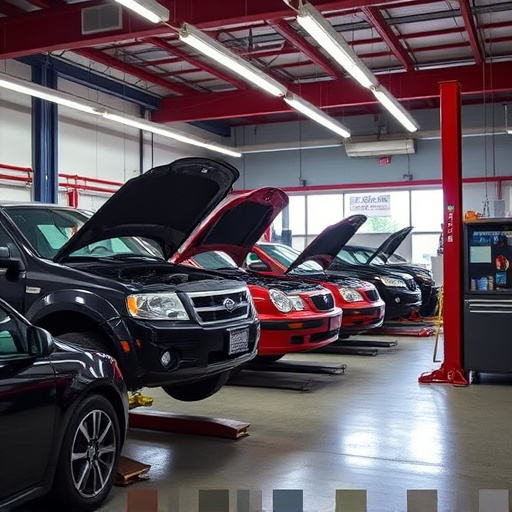
Restoring a flood-damaged vehicle goes beyond fixing structural issues; it involves meticulous care to revive and protect its interior. After initial drying and decontamination, the focus shifts to deep cleaning and sanitizing every inch of the cabin. This includes removing water-stained fabrics, thoroughly cleaning surfaces, and addressing mold growth if present. Utilizing appropriate cleaning solutions and equipment is crucial in this process, ensuring no remnants of moisture or bacteria are left behind.
Professional vehicle repair services often employ specialized techniques to restore interiors, such as steam cleaning for upholstery and advanced disinfection methods. Auto repair shops with experience in flood damaged vehicle repair understand the importance of preserving the vehicle’s aesthetic value while ensuring a hygienic environment. This meticulous restoration process not only enhances the car’s appeal but also safeguards the health of future occupants.
In the aftermath of a flood, proper interior cleaning during vehicle repair is paramount for ensuring a safe and hygienic space. By following best practices outlined in this article, including assessing damage, employing effective disinfection methods, and implementing protective measures, professionals can restore flood-damaged vehicles to their pre-incident condition. These strategies not only enhance the vehicle’s aesthetics but also contribute to a healthier environment for both occupants and repair personnel, making it a crucial step in the flood damaged vehicle repair process.

